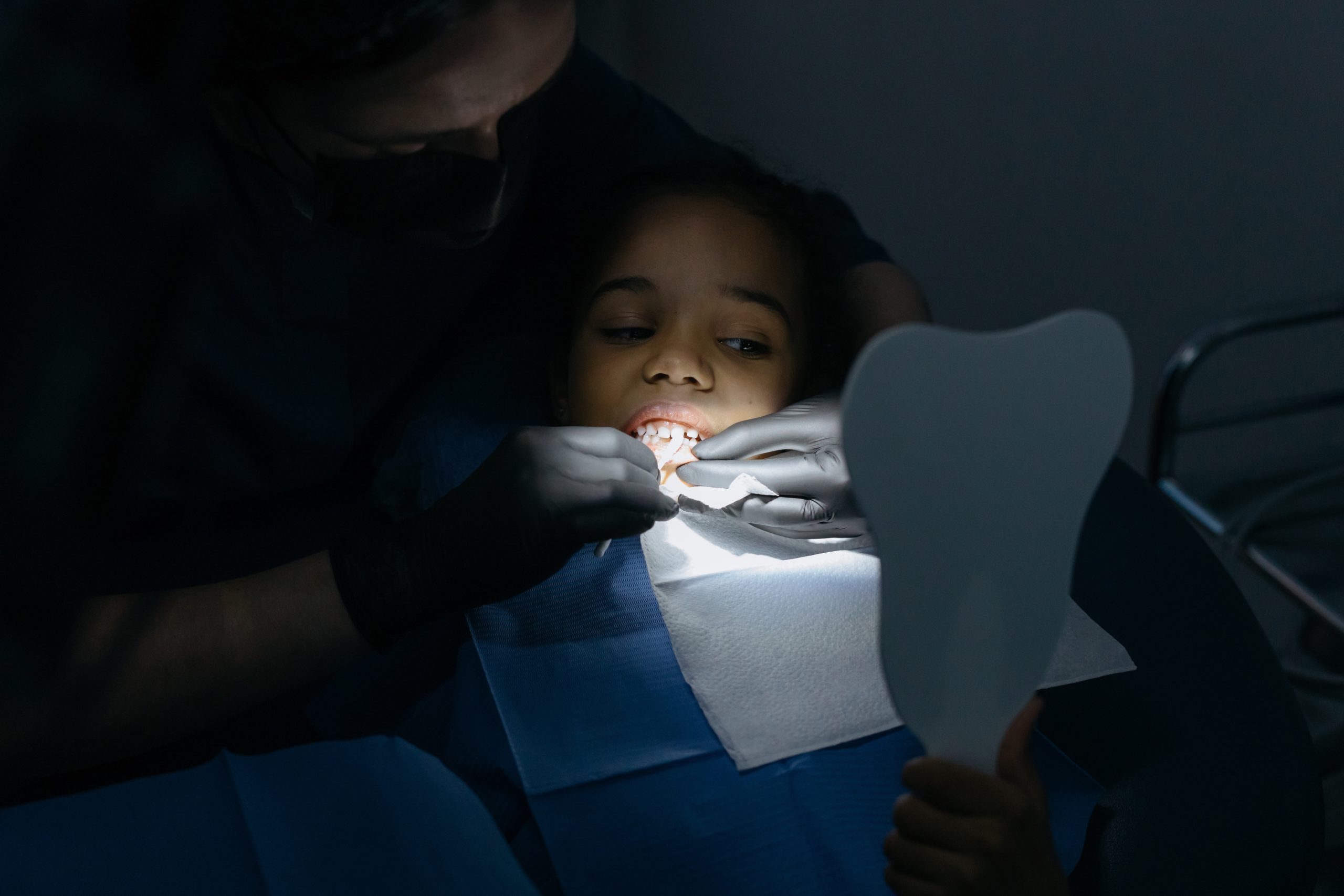For a layperson, specialized dentistry might seem confusing. There are 13 different dental specialties, two of which are orthodontist and periodontist. The two specialties frequently collaborate to treat patients’ dental and gum problems and aesthetic issues.
Following are major details regarding the difference between periodontists and orthodontists:
What is a Periodontist?
A periodontist is a type of dentist specializing in identifying and treating conditions affecting the gums, bones, and soft tissues surrounding the teeth. They perform surgical, non-surgical, and diagnostic procedures that enhance dental health and appearance.
Treatment options offered by them include:
- Implant dentistry
- Dental implant issues, including peri-implantitis
- Treating periodontal diseases, from gingivitis to advanced stages
- Root and scaling planning
- Tissue and gum graft surgery
Treatments Performed by a Periodontist
A periodontist can perform the following treatments for diseased and unhealthy gums:
Root Planning and Scaling
Deep cleaning, which means removing plaque and tartar from teeth, can be used to treat gum disease. The process of removing germs and hardened substances is called scaling. For some people, smoothing out the roots of the teeth is necessary, which is called the root planning process. Roots are much simpler to reconnect to the gumline when teeth are smooth.
Tissue Grafts
A gum graft is necessary for patients with advanced periodontal disease or older people to prevent teeth from being damaged by a retreating gum line. The bare roots of teeth can be painful when they are not covered by gum tissue, so it takes a graft to restore the gum’s health.
Gum Pocket Surgery
Gingival tissue separates from teeth as a result of periodontal disease. Pockets are the spaces between the gums and teeth. Bacteria can flourish inside the pockets where a brush cannot reach. Only a periodontist can cleanse deep pockets to eliminate the germs and discomfort, as the bacteria can destroy bone and tissue if left untreated.
What is an Orthodontist?
An orthodontist focuses on identifying and treating issues with jaw and tooth position. An orthodontist corrects teeth that are crowded, crooked, or that have an irregular bite.
Treatment options include:
- The diagnosis and use of braces or Invisalign to correct crooked teeth or gaps between teeth.
- Braces or Invisalign are used for the diagnosis and treatment of poor bites.
- Palate expanders are examples of preventative measures.
- Dental development and facial development.
Treatments Performed by an Orthodontist
Yes, some individuals might visit an orthodontist, who may also recommend a periodontist. Patients may have gingivitis or advanced gum disease if they haven’t seen their dentist. An orthodontist may take X-rays at the initial consultation to identify a jaw bone problem.
Before starting treatment, the orthodontist may suggest that the patient see a periodontist for advice. Occasionally, a periodontist-required gum issue may even arise throughout orthodontic treatment. Using braces, an orthodontist can also enhance the appearance of natural teeth.
Who Should You See, a Periodontist or an Orthodontist?
Most orthodontic cases don’t require a periodontist visit from the patient. If they have taken care of their teeth by brushing twice daily, there is less plaque buildup that can lead to gum disease. They don’t require an implant because they have all of their natural teeth in place.
Many older adults might require the assistance of a periodontist. They could desire to replace a missing tooth with an implant that looks just like their natural teeth. Some patients will require orthodontic and periodontal aesthetic care alike.
Conclusion
A periodontist and an orthodontist offer slightly different treatments offer. However, a patient can require assistance and dentistry intervention by both specialized dentists. If you seek specialized dentistry, you can contact our Burke + Beckstrom Orthodontics experts to acquire professional medical intervention.




